Over 180 years of pure pleasure.
A success story with deep roots: Sperlari has been delighting our palates since 1836.
1836
The origins
It all began in the centre of Cremona, in a little shop in Via Solferino a short walk from Piazza del Duomo. Here, Enea Sperlari combined a personal passion with a business idea, and began selling two traditional Cremonese products: torrone and mostarda. The artisan quality of his creations won over the entire city, and not only: it is said that composer Giuseppe Verdi used to visit Cremona to stock up on his specialities. The Sperlari brand quickly became world famous. But the historic little shop in Via Solferino, which has become part of Italian folklore, is still open today, selling its sweetmeats to many Italian families just as it did 180 years ago.

1937
Pure liquorice
Società Anonima Italiana Liquirizia Abruzzese, better known as Saila, is born from the liquorice factory of Giulianova, in Abruzzo. The plant is located on Silvi Marina seafront, on the site of an abandoned theatre, and has traditionally produced liquorice- and mint-based products, filling the air of the town with its balmy aromas. The Saila range also brings a wave of freshness into the houses of millions of Italians where its products still conserve a timeless charm, maintaining their classic flavours while continuing to amaze with the introduction of intriguing new flavours and formats.
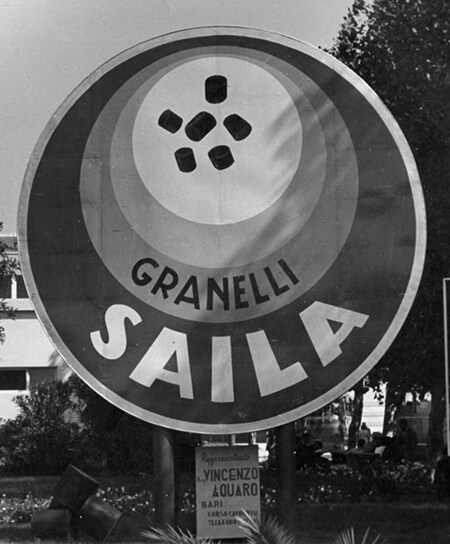
1956
All the goodness of milk
Maybe you remember Galatine because your mother used to keep them for you in the sideboard. And perhaps because you now do the same with your children… Since 1956 Galatine have won over generations of Italian children while consistently breaking new ground. For example, they were one of the first sweets to be sold in pharmacies in the early 70’s and in bars in the early 90’s. They have had the courage to change their look, becoming round-shaped in 1996. They have come in numerous different flavours: fruits of the forest, cappuccino and peach in the past, with chocolate chunks, strawberry and biscuit in the present. Lots of things have changed in the long history of Galatine, but one: the basic recipe, simple and tasty, that has made the little milk tablet one of a kind.
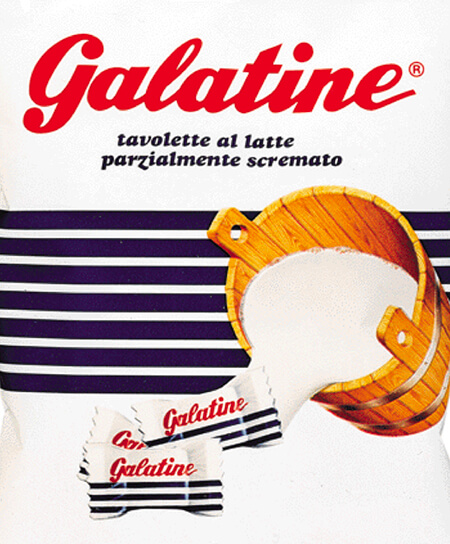
1960’S
The cofanetto
The Sperlari Cofanetto is much more than a luxury sweets collection. Over the years it has become a genuine icon. Indeed, some of its designs were produced by names of the calibre of Fiorucci, Roberta di Camerino and Missoni. But, above all, the little boxes have become closely connected with people’s lives, with special editions dedicated to Mother’s Day, Father’s Day and holy communion. Thanks to the presence of a padlock they have also been used as letter holders, money boxes and jewellery boxes by families. They were extremely refined, so much so that in a famous Carosello commercial actor Gian Enrico Tedeschi asserted that “A cofanetto of Sperlari sweets should never be wrapped!”

1964
New arrival
With its sweet coating and refreshing mint centre, the Saila sweet, made with the same care as wedding dragées to make its consumers just as happy, hits the market. Every single sweet came in its own wrapper, a practice that still exists today, while the production process still requires the expertise of master confectioners in order to guarantee the utmost quality of the product. In order to remain fresh the Saila sweet has successfully reinvented itself over time, from introducing a liquorice flavour and the iconic box through to the launch of the soft and jelly versions and the use of stevia leaf extract as a sweetener.
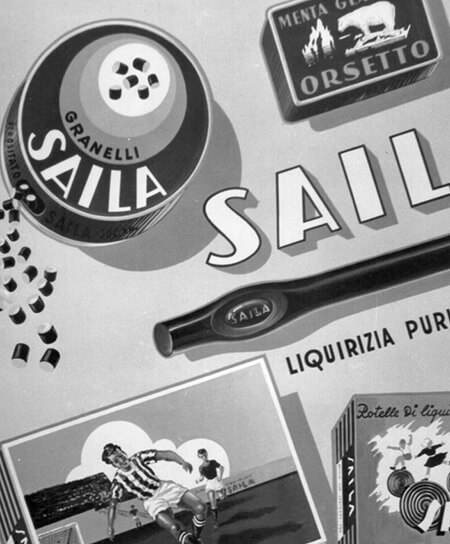
1970’S
The intense flavour of chocolate
Ever experienced sunset on the white beaches of Zanzibar? This is exactly where the exotic and enveloping flavour of Sperlari chocolate transports you. In these years the brand enters uncharted waters and enjoys immediate success: from bars of Zanzibar chocolate through to the Zanzibarini. In addition, in 2014 Sperlari joins the UTZ Certified programme with the aim of improving environmental and working conditions at western African cocoa plantations.
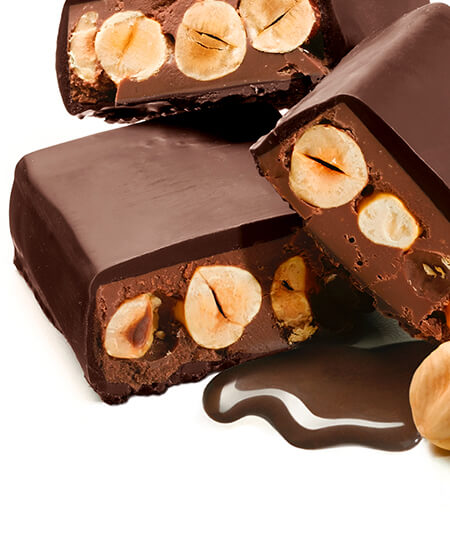
1975
Sugar-free sweetness
If you are interested in fitness and wellness you will no doubt have heard of Dietor. Opened in Bologna, it was the first Italian company to produce sweetener. It enjoyed a real boom in the 1980’s when it became the ideal solution for those looking to control their weight and cut their sugar intake. Today it is called MyDietor, proof of its desire to strengthen its bond with its consumers, becoming not only a faithful friend in the kitchen but also an ambassador for sugar-free sweetness. It does this with a wide range of products and formats, including the natural sweetness of MyDietor Cuor di Stevia, with extract of stevia which derives from the sweet leaves of a plant native to Paraguay.
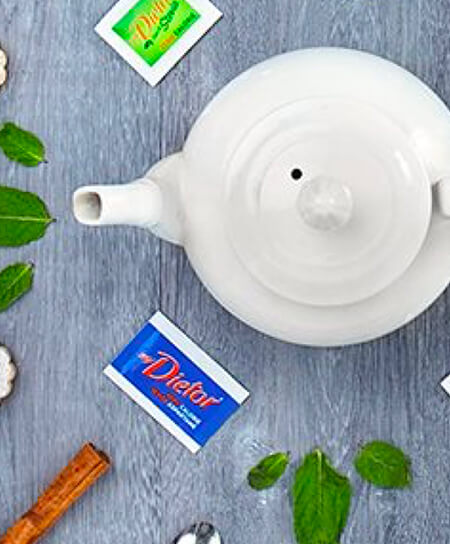
1988
Torroncini
With the classic torrone inextricably linked with Christmas time in Italy, the torroncini are created so people can enjoy its characteristic flavour all year-round. In short, you can enjoy a bite-size moment of pure pleasure also before Christmas, together with family and friends. After the classics, the torroncini family is further extended with the soft and irresistible Morbidelli and the Nocciolati Zanzibar, enriched with all the goodness of chocolate.
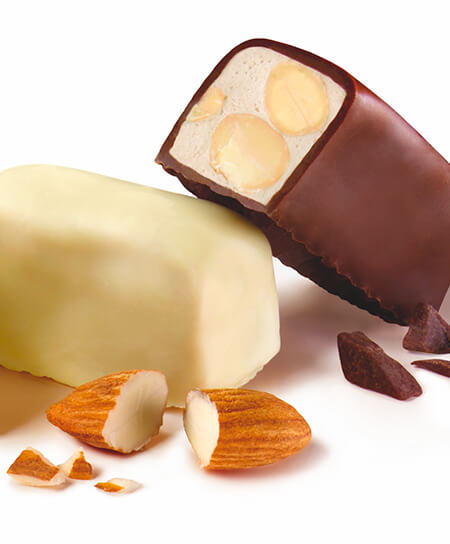
1990’S
Bites of pure pleasure
The Sperlari range of sweets is expanded with the Gran Gelées, soft jellies covered with sugar crystals and filled with rich fruit nectar. You probably remember them from your school days because your auntie always seemed to have some in the house when you visited her. It is hard to say no to these colourful little treats, the result of a special production process that gives them their inimitable texture. The Gran Gelées are made in the historic Gordona plant where they rest on large trays before being carefully packaged.
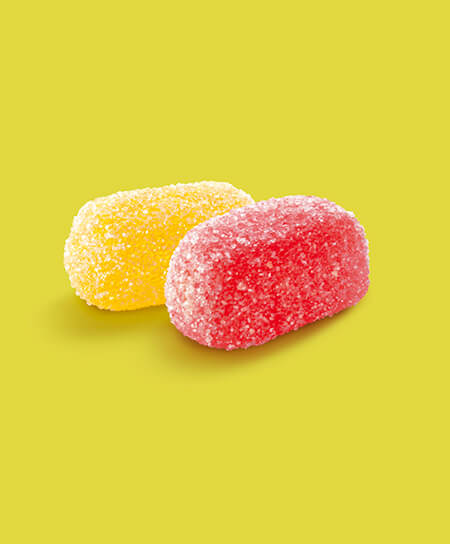
2019
Sperlari in Milan
A new chapter in Sperlari’s history begins with the opening of the offices in Piazza del Duomo in Milan. The opening of the new site, which joins the historic headquarters in Cremona, is symbolic of Sperlari’s relaunch project in Italy and throughout the world. The brand therefore casts an eye at the future without forgetting its strong roots. An example? One of the walls inside the building is covered with a graphical reconstruction of the facade of the original Cremona shop while another displays a quote from its founder: “May all your undertakings be a lens for looking at the past with pride and towards the future with optimism.” Indeed, while Sperlari has shaped the history of Italian confectionery this is only the beginning.
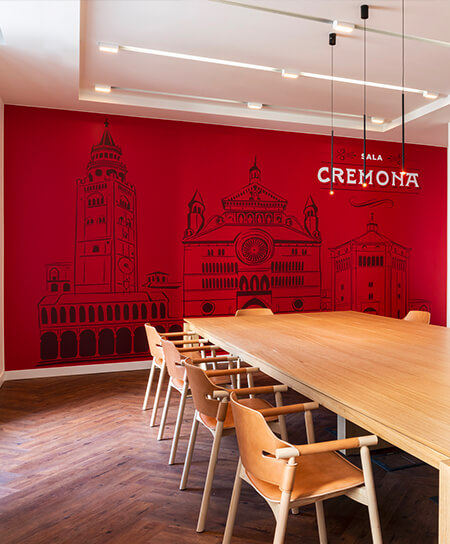
1836
1937
1956
1960’S
1964
1970’S
1975
1988
1990’S
2019


